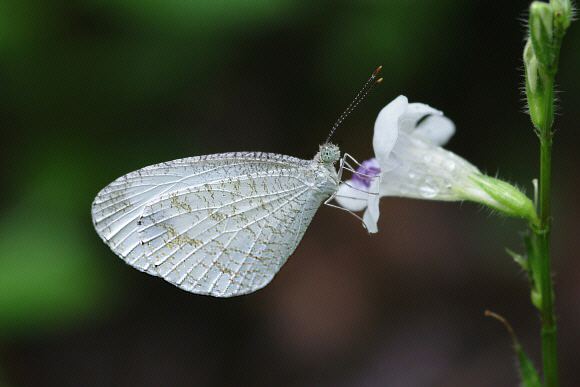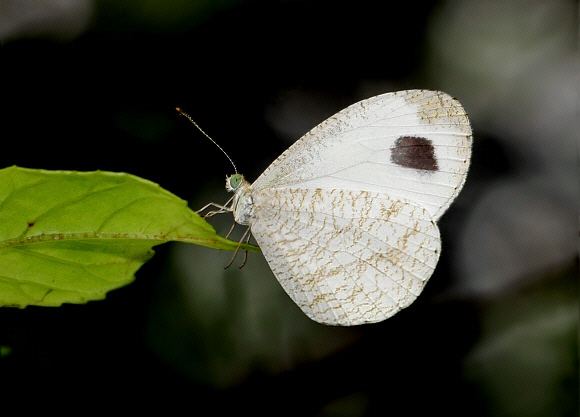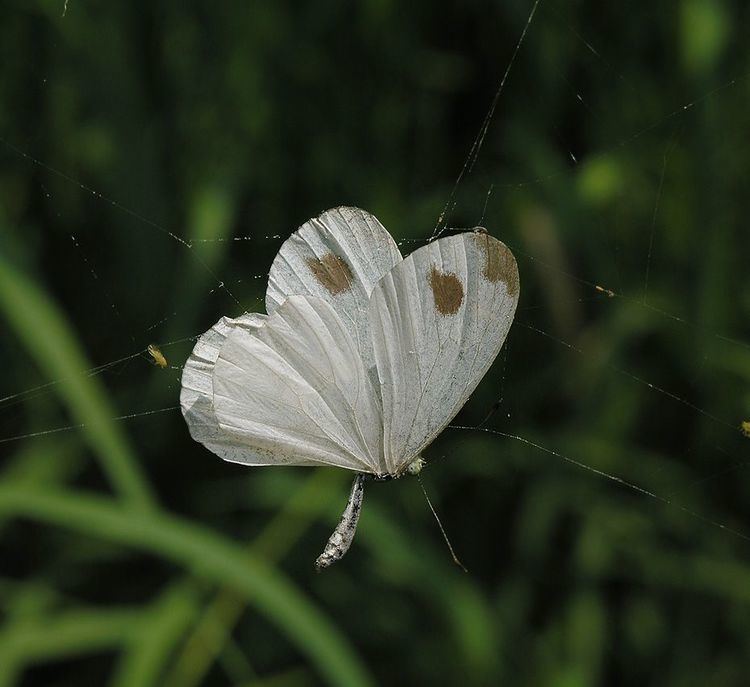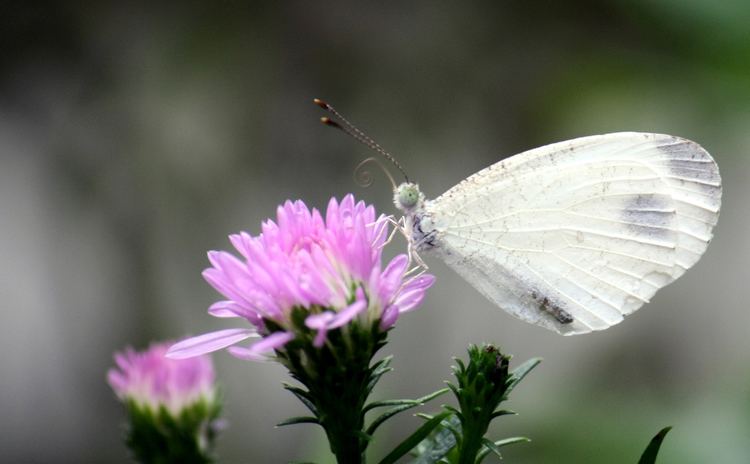Rank Species | Genus Leptosia Order Butterflies and moths | |
 | ||
Similar Leptosia, Appias lyncida, Appias, Catopsilia, Eurema blanda | ||
Butterflies life cycle psyche leptosia nina srilanka
Leptosia nina, the psyche, is a small butterfly of the family Pieridae (the sulphurs, yellows and whites) and is found in Southeast Asia and the Indian subcontinent. The upper forewing has a black spot on a mainly white background. The flight is weak and erratic and the body of the butterfly bobs up and down as it beats its wings. They fly low over the grass and the butterfly rarely leaves the ground level.
Contents
- Butterflies life cycle psyche leptosia nina srilanka
- Inheritance leptosia nina sk g urban hub brno
- Description
- Subspecies
- References

Inheritance leptosia nina sk g urban hub brno
Description
From Charles Thomas Bingham's The Fauna of British India, Including Ceylon and Burma. Butterflies. Vol 2. (1907)

Subspecies
Listed alphabetically.


References
Leptosia nina Wikipedia(Text) CC BY-SA
